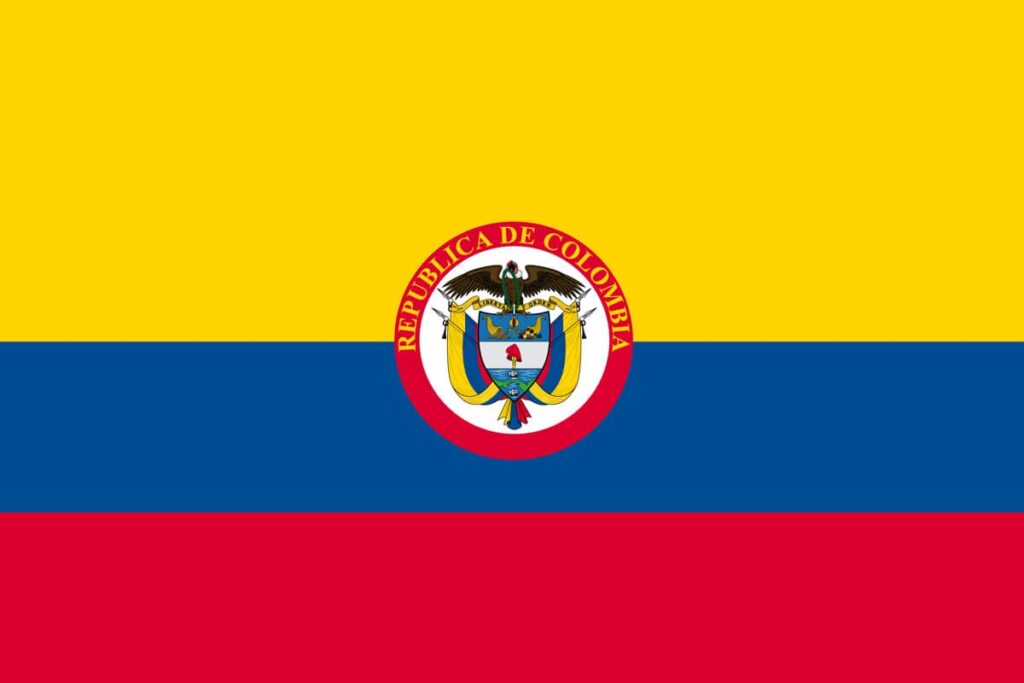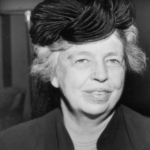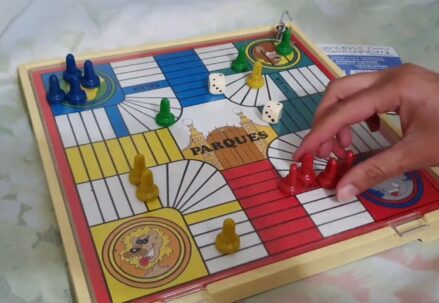In the heart of Colombia’s vibrant culture and tumultuous history lies a national anthem that embodies the nation’s aspirations and contradictions. “O Gloria Inmarcesible” serves as a timeless symphony, weaving together the threads of Colombia’s past, present, and future. Amidst the fervor of patriotic celebrations and the sobering realities of societal challenges, the anthem stands as a beacon of hope and resilience.
In this article, we embark on a journey to explore the contemporary relevance of Colombia’s national anthem, unraveling its message of inclusive freedom amidst ideological shifts and societal complexities.
Exploring Colombia’s National Identity
In Colombia, patriotism runs deep, but beneath the surface lie layers of complexity and contradiction. Colombians exhibit profound pride in their nation, evident in their passionate displays of patriotism on various occasions, particularly during international football matches. The tricolor flag, adorned with vibrant yellow representing the country’s wealth of gold, serves as a prominent symbol of this fervor.
- A Nation of Contrasts. However, alongside this unwavering patriotism exists a contrasting narrative — one of skepticism and disillusionment. Colombians, while quick to don their yellow shirts and wave their flags, are equally prone to critique their nation’s political landscape and societal challenges. The pervasive reality of violence and stagnation often overshadows the patriotic fervor, raising questions about the essence of Colombia’s national identity;
- The Enigmatic Anthem: “O Gloria Inmarcesible”. Central to Colombia’s patriotic ethos is its national anthem, “O Gloria Inmarcesible.” Composed of eleven verses, the anthem reflects the country’s tumultuous history, celebrating victories and struggles for independence. Yet, its significance extends beyond mere historical homage, embodying a collective sense of pride and resilience among Colombians;
- Symbols of Identity: Flag, Crest, and Anthem. The tricolor flag, with its bold hues, and the national coat of arms, adorned with symbolic imagery, serve as visual representations of Colombia’s identity. However, beneath their surface lies a tapestry of paradoxes. The flag’s golden hue, symbolizing wealth, belies a history of exploitation and inequality. Similarly, the crest, featuring disappearing symbols and historical ambiguities, raises questions about the nation’s evolving identity.
- Interpreting the Anthem: Ideologies and Ambiguities. The anthem’s interpretation is not immune to the political currents shaping Colombia’s landscape. Its verses, once a rallying cry for independence, now serve as a canvas for diverse ideological narratives. Whether celebrating past triumphs or advocating for contemporary causes, the anthem reflects the multifaceted nature of Colombia’s national identity.
As Colombians grapple with societal challenges and political upheavals, the anthem’s message of inclusivity and resilience resonates deeply. In a country marked by protests and activism, the hymn serves as a poignant reminder of the ongoing quest for freedom and justice. Ultimately, Colombia’s patriotic spirit is as vibrant as it is complex, reflecting the rich tapestry of its history and the aspirations of its people.
Anthem of Pride: Unfading Glory
Colombia’s national anthem, “O Gloria Inmarcesible,” resonates as a timeless ode to the nation’s indomitable spirit and storied history. Composed by Rafael Nuñez and set to music by Oreste Sindici, its verses evoke a sense of pride and resilience ingrained in the Colombian identity.
- A Musical Journey Through History.Originally penned in the late 19th century, the anthem has endured as a beacon of national pride. Its lyrics, rich with references to Colombia’s diverse regions and historical struggles, serve as a poignant reminder of the country’s journey towards independence and unity;
- Symbolism and Significance. Each stanza of the anthem embodies a profound sense of patriotism, celebrating past victories and honoring the sacrifices of those who fought for freedom. From the majestic Andes to the vibrant Caribbean, the anthem pays homage to Colombia’s geographical and cultural tapestry;
- The Power of Unity. Beyond its historical context, the anthem unites Colombians across generations and ideologies. Whether sung at sporting events or official ceremonies, its stirring melody evokes a sense of solidarity and belonging among citizens, transcending political divides;
- A Call to Embrace Diversity. In its verses, the anthem extols the virtues of unity and inclusivity, urging Colombians to embrace their differences and strive for a brighter future. It serves as a reminder that, despite the challenges faced by the nation, its people remain bound by a shared sense of identity and purpose.
As Colombia continues to navigate its path forward, the anthem stands as a timeless symbol of hope and resilience. Its message of unfading glory serves as a guiding light for future generations, inspiring them to uphold the values of freedom, justice, and unity for years to come.
Symbols Under Scrutiny: Flag, Crest, and Paradoxes

Colombia’s national symbols – the flag and crest – hold deep-rooted significance, yet their meaning is not without controversy. By scrutinizing these emblems, one unveils a tapestry of paradoxes that reflect the nation’s intricate identity.
- Flag: Golden Legacy or Lost Promise? The tricolor flag, with its bold yellow representing the nation’s abundance of gold, stands as a beacon of Colombian pride. However, beneath its vibrant hues lie layers of complexity. The gold, once a symbol of wealth, now serves as a stark reminder of colonial exploitation and socioeconomic disparity, raising questions about the flag’s true meaning in modern Colombia;
- Crest: Fading Symbols and Forgotten Legacies. Colombia’s national crest, adorned with symbolic imagery, tells a story of historical triumphs and forgotten narratives. Yet, amidst its grandeur, lies a paradoxical reality. Symbols like Panama, once integral to Colombia’s identity, now evoke feelings of loss and disconnection. Similarly, the majestic condor, a symbol of national pride, faces the threat of extinction, mirroring the challenges confronting the nation itself;
- Anthem: Harmony Amidst Dissonance? Amidst the scrutiny of Colombia’s symbols, the national anthem emerges as a unifying force, offering solace amidst societal dissonance. Its timeless melodies and poignant lyrics serve as a reminder of Colombia’s resilience and collective identity, transcending the paradoxes inherent in its flags and crests.
As Colombians grapple with the complexities of their national identity, the symbols that define their nation remain under scrutiny. By confronting these paradoxes head-on, Colombians can strive towards a more inclusive and nuanced understanding of their heritage – one that embraces both the triumphs and tribulations that shape their collective identity.
Anthem’s Ambiguities: Interpretations and Ideologies
Colombia’s national anthem, “O Gloria Inmarcesible,” serves as a canvas upon which diverse interpretations and ideologies are painted. Its verses, rich with historical references and patriotic fervor, reflect the complexities of Colombian identity and societal values.
- A Tale of Shifting Perspectives. Originally penned as a celebration of independence and national pride, the anthem’s meaning has evolved over time. Its verses have been appropriated by various political ideologies, shaping public perception and discourse surrounding Colombia’s history and identity;
- Political Tool or Cultural Emblem? The anthem’s significance extends beyond mere musical composition – it serves as a potent tool for political rhetoric and cultural expression. Governments and movements have invoked its verses to rally support for their agendas, imbuing the anthem with ever-changing meanings and symbolism;
- Conflicting Narratives: Past and Present. The anthem’s lyrics, with references to historical triumphs and struggles, embody a narrative of resilience and unity. However, conflicting interpretations abound, with some viewing the anthem as a relic of colonialism and oppression, while others see it as a symbol of liberation and progress;
- Unity in Diversity: Finding Common Ground. Despite its ambiguities, the anthem remains a unifying force, bridging divides and fostering a sense of national identity. Its melodies resonate across generations, transcending political affiliations and ideological differences.
As Colombia grapples with its complex history and societal challenges, the anthem serves as a reminder of the need for nuanced interpretation and dialogue. By embracing the ambiguities inherent in their national anthem, Colombians can foster a deeper understanding of their collective identity and aspirations for the future.
Quest for Inclusive Freedom: Anthem’s Message Today
Colombia’s national anthem, “O Gloria Inmarcesible,” transcends its historical origins to offer a guiding light in the nation’s quest for inclusive freedom and social equity.
- A Call for Unity and Justice. Amidst societal challenges and political upheavals, the anthem’s verses resonate as a clarion call for unity and justice. Its timeless message of resilience and solidarity inspires Colombians to strive for a future where every individual enjoys freedom and dignity;
- Inclusivity Amidst Diversity. Embedded within the anthem’s lyrics is a celebration of Colombia’s diverse cultural heritage and regional identities. By embracing this diversity, Colombians can forge a more inclusive society where all voices are heard and respected;
- Challenges and Opportunities. As Colombia navigates its path towards progress, the anthem serves as a reminder of the obstacles faced and the opportunities ahead. Its verses echo the struggles of the past while urging Colombians to confront present-day injustices with courage and determination;
- Harnessing Collective Strength. In times of turmoil and uncertainty, the anthem’s melodies serve as a source of solace and inspiration. By coming together as a nation, Colombians can harness their collective strength to overcome adversity and build a brighter future for generations to come.
As Colombians march forward, the anthem’s message of inclusive freedom remains a guiding principle. By upholding the values of unity, justice, and compassion, Colombians can pave the way towards a more equitable and prosperous society, where every citizen can thrive and contribute to the nation’s collective success.
Conclusion
As the echoes of Colombia’s national anthem fade into the horizon, they leave behind a lingering resonance – a reminder of the nation’s enduring spirit and collective aspirations. In the quest for inclusive freedom and social justice, “O Gloria Inmarcesible” serves as a guiding light, illuminating the path forward amidst uncertainty and adversity. As Colombians continue to navigate the complexities of their national identity, let us heed the anthem’s call for unity, justice, and inclusivity.
For in embracing the richness of Colombia’s diversity and confronting the challenges that lie ahead, we pave the way towards a brighter tomorrow, where the unfading glory of the nation shines for all to see.





